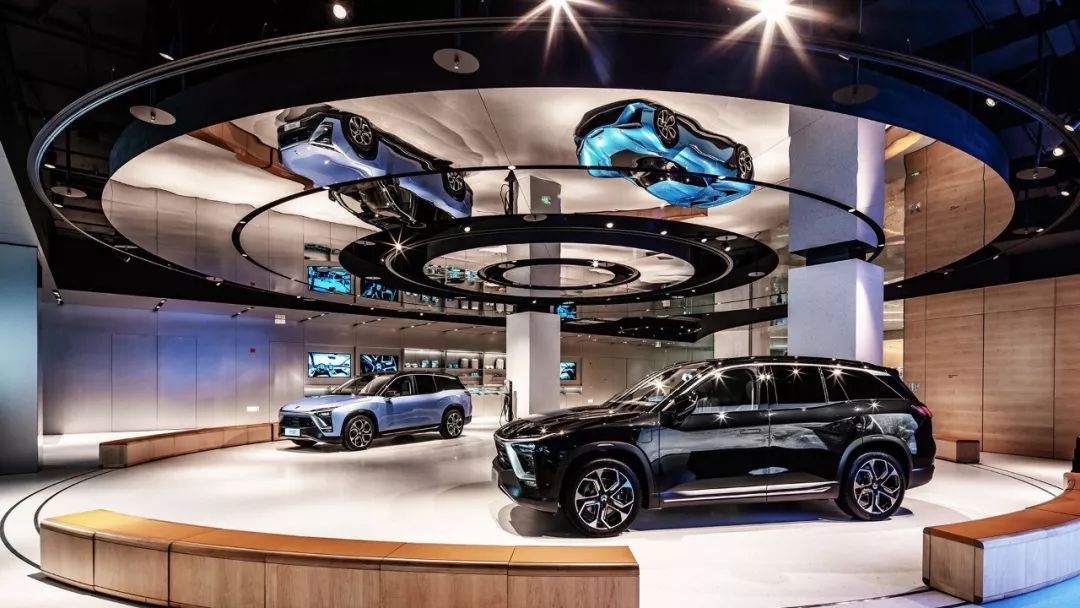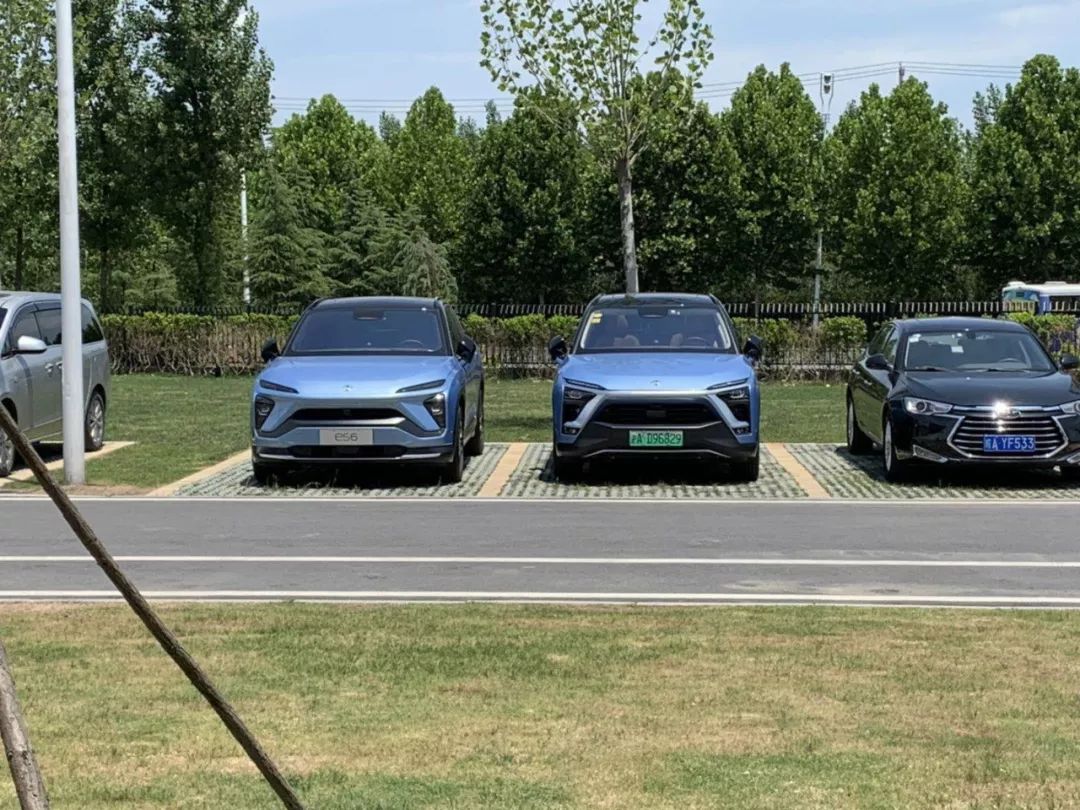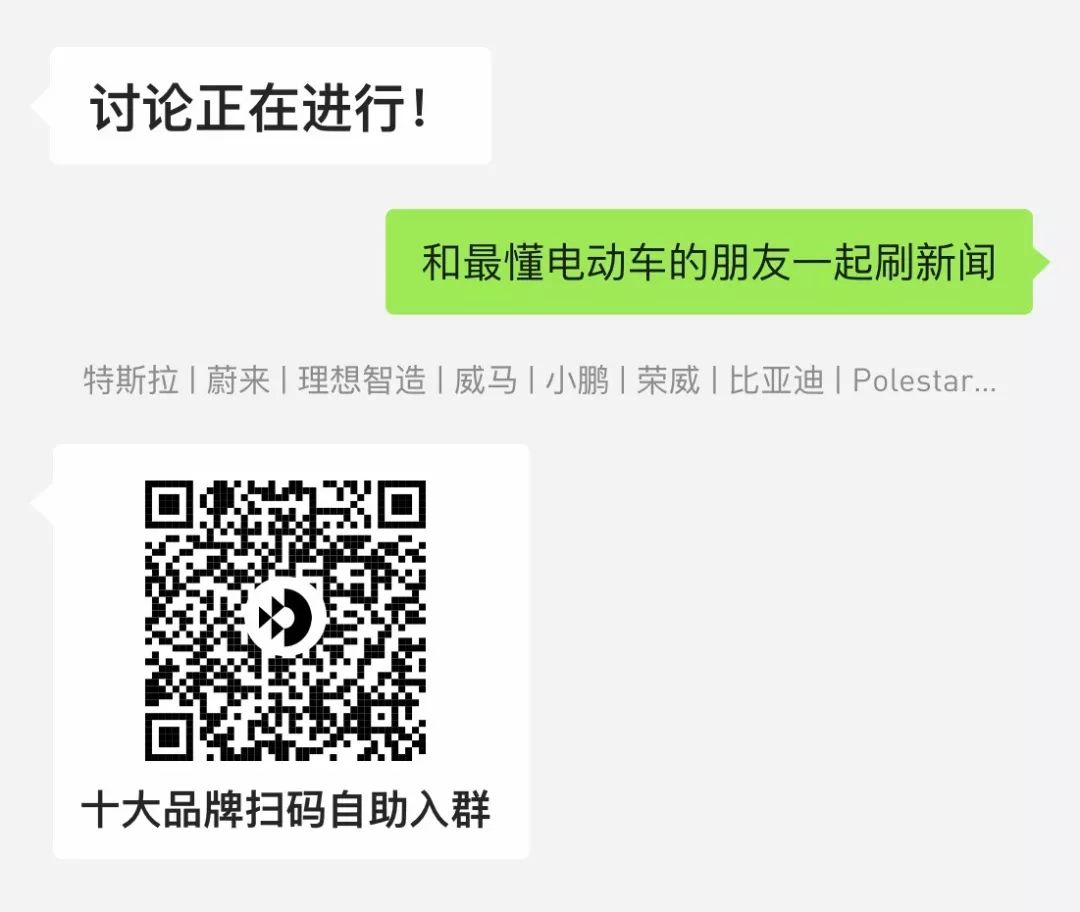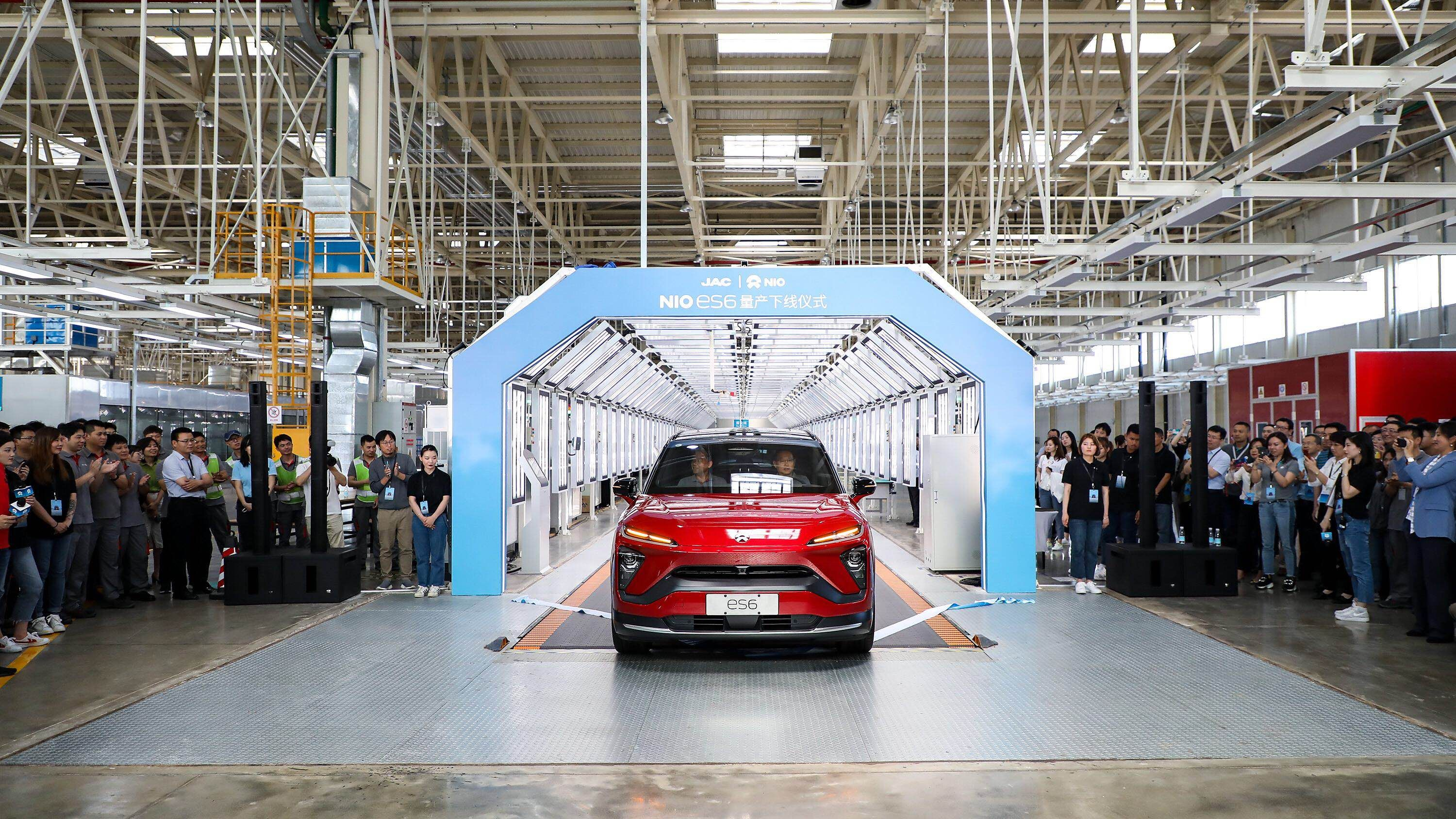The Launch of NIO ES6
On May 28th, 2019, NIO announced three major events on the same day: the mass production of NIO ES6, the release of Q1 financial report, and the completion of 10 billion RMB financing. These events will directly affect the future development of NIO for the next year or even longer.
On December 15th, 2018, NIO officially launched ES6. In fact, since the end of the launch event, media expectations for ES6 have been higher than for ES8.
There are three reasons to support this “high expectation”. First of all, ES6 is NIO’s second car, its craftsmanship and system reliability should be better than ES8. Secondly, ES6 debuted with 84 kWh battery capacity in a smaller car body, which largely solved the endurance problem of ES8. Finally, the front permanent magnet and rear induction powertrain continued the performance advantages of ES8 but significantly improved energy consumption.
In short, Li Bin promised a lot of work on optimizing ES6 compared to ES8 at the launch event, which raised our expectations for ES6.
On March 25th, 42HOW and some media test drove the prototype of NIO ES6. Overall, the performance of ES6 met the market expectations.
On March 31st, NIO opened ES6 pre-orders, and the number of orders in the 72 hours after opening reached three times of the same period of ES8. In today’s Q1 financial report release, NIO mentioned that the number of ES6 orders has exceeded 12,000.
Like the backlog of orders after the release of Model 3, the quality of a product can be reflected by the willingness of consumers to pay. However, Tesla then experienced a nearly year-long “production hell”. When will the 12,000 ES6 pre-orders be delivered?
According to NIO’s previous plan, ES6 will start delivery at the end of June 2019. On May 28th, one month before the planned delivery date, the first NIO ES6 officially rolled off the mass production line at the advanced manufacturing base in Hefei.
In the business outlook for Q1 financial report, NIO mentioned the plan to deliver hundreds of ES6 vehicles in June 2019. Compared to the delivery scale of the first batch of 10 ES8 vehicles in 2017, ES6 deliveries not only come earlier (NIO apparently does not yet have the delivery capacity to release hundreds of cars at the end of the month), but also resemble a true delivery launch in terms of scale.
As this highly acclaimed and anticipated model, which is better than the ES8, is about to be tested by users, it will be its biggest challenge. Let us look forward to the feedback from users.
Gross margin returns negative, cost reduction and efficiency enhancement take effect
In NIO’s Q1 financial report, a very important indicator, the Q1 gross margin rate fell to -13.4%, dropping to negative values again compared to 0.4% in Q4 last year. The root cause is the significant decline in sales in Q1 compared to Q4 2018.
Q1 is traditionally a slow season for the auto market, and apart from NIO, few other car companies have seen growth in sales. In addition, as the first quarter after the ES6 release, the sales performance of the ES8 will naturally be greatly affected by the “smaller but better” new product synergies. Under the premise that it is difficult to significantly improve the sales cost compression, it is not surprising that the gross margin returns negative again.

It is difficult to compress short-term sales costs.
If one waits for the ES6 to be released to remedy the situation, this problem may have to wait until the second half of the year when the production and delivery team is in full swing to achieve significant improvement, and Wall Street may not have the patience to wait for NIO for so long. This is also why William Li mentioned “optimizing organizational efficiency” and “improving gross profit margin” for the first time in his “Letter to NIO Employees.”
In fact, after the release of this letter, NIO’s cost optimization has already been reflected in the financial report, showing a significant decrease in Q1 net loss compared to the previous quarter. Considering that this letter was only released on March 22nd, the adjustments mentioned in the letter may have already begun before the letter was published. We can still see the huge space for NIO’s refined operations and cost reduction.
Therefore, we will continue to pay attention to NIO’s operational optimization progress in Q2.
Financing 10 billion CNY
Few companies announce more eye-catching developments than financial details in their financial reports. NIO did it.
In its Q1 financial report, NIO announced that it has signed a framework agreement with Beijing E-Town International Investment and Development Co., Ltd. in May 2019 for a financing of 10 billion CNY.According to the agreement, NIO will design a new entity “NIO China” in the Beijing Economic and Technological Development Zone, and inject specific businesses and assets into “NIO China”. Unilateral International, through its investment company or joint other investors, will invest RMB 10 billion in cash into “NIO China” to obtain the non-controlling equity interest in “NIO China”.
Yes, with a financing of RMB 10 billion, NIO has once again raised the threshold of competition in the new car and even the intelligent electric vehicle industry.
Before this, including Li Bin from NIO, Shen Hui from WM Motor, and He XPeng from XPeng Motors, all mentioned the passing line of RMB 20 billion, referring to the ability to build teams and produce cash flow from project initiation to sales and launch. Today’s NIO, along with its previous financing of $650 million, has raised more than RMB 30 billion in cumulative financing over the past five years.
Some may argue that NIO lacks cost awareness and has incurred these losses through reckless spending. However, this argument clearly overestimates the impact of NIO’s service system on customer satisfaction, while ignoring the impressive technological assets that NIO has achieved under its service system.
For example, China’s first fully aluminum plant for independent brands and the first independently developed 200+ kW level high-performance electric motor. In addition to these clichés, NIO also mentioned in its financial report that it is developing NP2.0(NIO Platform 2.0) equipped with Level 4 autonomous driving technology and the ET series models designed and developed on this basis.
When founded five years ago, Li Bin recruited top talents from various subdivisions of the automobile industry worldwide. With these top talents working together to advance while coordinating, the evaluation-unequal ES8 was created. However, by the time they developed ES6, the team’s collaboration efficiency, technological capabilities, and innovative thinking had significantly improved. It is evident that in the market of the five smart electric SUVs, the NIO ES6 has the direct product strength to compete with any global competitor.
But you should know that the development of NIO Platform 1.0 for ES6 was launched in 2016. Beyond building a vast service system, NIO has also established solid technical capabilities, project management capabilities, and platform development capabilities with the RMB 20 billion raised in the past.
 The explicit problem is that the sales speed of ES8, even ES6, is insufficient to support NIO’s large self-developed system investment. For NIO, financing is not a worthy option if they rely on continuing to invest to extend the current product and technology advantages and raise competitive barriers.
The explicit problem is that the sales speed of ES8, even ES6, is insufficient to support NIO’s large self-developed system investment. For NIO, financing is not a worthy option if they rely on continuing to invest to extend the current product and technology advantages and raise competitive barriers.
In fact, the agreement between NIO and the Yizhuang International also mentioned that NIO needs to “inject specific businesses and assets”. Regardless of what these businesses and assets refer to, where is the logic of Yizhuang International investing heavily if NIO is just a company that burns money to play with concepts, and has little experience in laying out the industrial chain?
Operating a growing business requires a CEO or management team to consider all aspects of the company. In its fifth year of establishment, NIO, while adhering to its correct strategies, is constantly making minor adjustments and optimizations to its previous inappropriate and even erroneous strategies. Li Bin and the management team are driving this company of thousands to save energy, polish weapons, and better prepare to ultimately compete with traditional luxury brands that go purely electric.

-
What are the advantages and difficulties of NIO’s battery upgrade service?# Here is the English version:


This article is a translation by ChatGPT of a Chinese report from 42HOW. If you have any questions about it, please email bd@42how.com.
